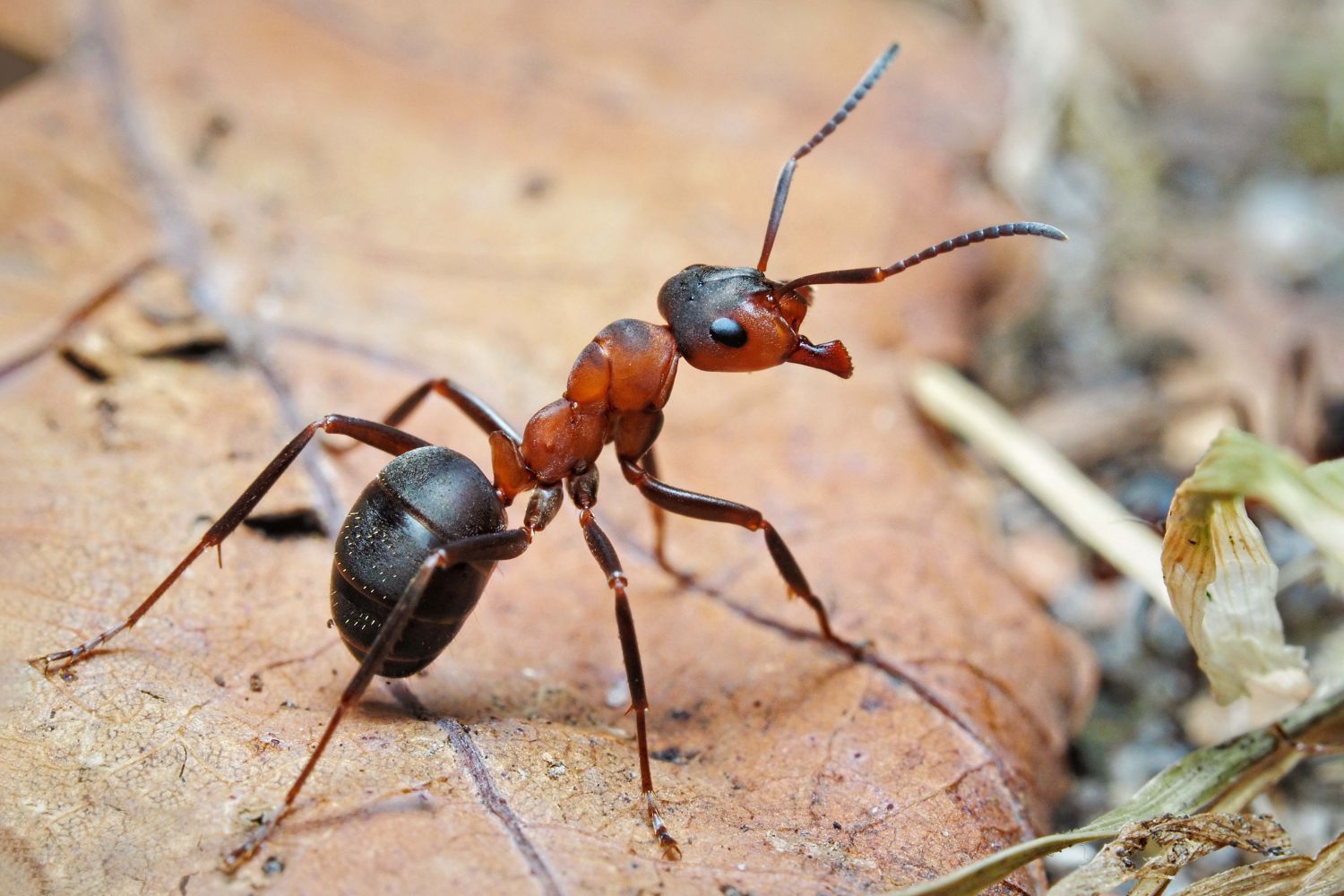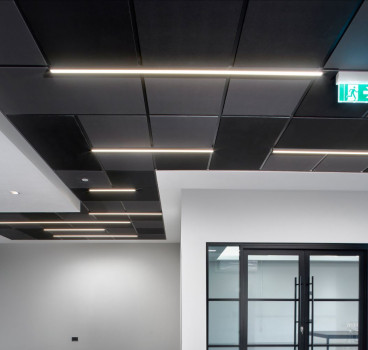How construction algorithms are learning from nature
The construction industry is tapping into an unexpected source of innovation - the natural world. A new wave of artificial intelligence, known as biomimetic AI is drawing on the instincts and behaviours of animals, insects and even slime moulds to streamline operations and solve complex design challenges. Far from science fiction, these nature-inspired algorithms are already being used on real construction sites, helping companies increase efficiency, reduce waste and adapt more fluidly to unpredictable conditions. As construction faces mounting pressure to build faster, smarter and more sustainably, biomimetic AI is fast becoming one of the industry’s most disruptive and promising tools, writes John Ridgeway.
These changes are based on what can be learned from ants, bees and birds. Ants, for example, are nature’s ultimate logisticians. Without a central planner, they manage to forage, build and defend their colonies with near-flawless coordination. Algorithms modelled on this decentralised intelligence are now being used to optimise site logistics. In practice, this means better material flow and storage, efficient routing for autonomous vehicles and reduced downtime through real-time pathfinding.
Honeybees construct hives using hexagonal patterns, which is the most efficient way to cover a surface using the least material. Inspired by this, AI tools now use similar principles to optimise floor plans in commercial, residential, and healthcare projects. By mimicking bees, architects can rapidly generate multiple layout options, buildings can be more space-efficient and sustainable and material usage can be reduced
You have probably noticed that birds flying in formation do not crash into each other. They maintain spacing and direction via simple local rules. This has inspired AI systems for managing fleets of drones and autonomous machinery on construction sites. Applications include, drone-based site inspections, coordinated robotic scaffolding assembly and simultaneous aerial surveys
Despite lacking a brain, slime moulds find the shortest route to food through a form of chemical computation. This principle is being used in AI algorithms to determine the most efficient routes for HVAC, plumbing and electrical systems within buildings – you could not make it up.
From theory to jobsite
While biomimetic AI sounds theoretical, it’s already embedded in tools used by leading construction companies and tech-forward startups. For example, tools like Spacemaker AI, now part of Autodesk, use biomimicry to generate and evaluate thousands of layout options in minutes. Factors like sunlight, wind, noise and zoning rules are considered to find the optimal configuration, just as bees balance efficiency, strength and space.
Companies like Built Robotics and Boston Dynamics are developing autonomous machines that can work collaboratively. Like ants, these machines don't need step-by-step instructions. They adapt to their surroundings and update their tasks in real time. Platforms such as ALICE Technologies and Versatile use AI to simulate thousands of construction sequences. These systems adapt instantly to delays, equipment changes, or weather events, much like animals adapt to predators or terrain changes.
Algorithms inspired by nature are often more efficient than human-devised plans. They are not bound by biases or conventional rules. As a result, projects run faster, use less material, and generate less waste. Just as natural organisms evolve to survive in changing environments, biomimetic systems allow buildings and construction workflows to adapt to real-world variables like climate changes, supply chain disruptions and on-site accidents or bottlenecks.

Ant colonies work just as well with hundreds or thousands of workers. Similarly, biomimetic AI enables scalable site operations without the need for centralised micromanagement, empowering distributed teams and autonomous machines. Furthermore, using nature-inspired AI, designers can experiment with unconventional shapes, layouts and structural systems that are more aesthetically compelling, structurally sound and resource-efficient.
Challenges and considerations
However, as powerful as biomimetic AI is, it brings new complexities. Many biomimetic systems “learn” the best approach, but cannot always explain what they are doing. In highly regulated environments, this can make validation and approval difficult. Automation may also change how people work on-site. New roles will emerge (data analysts, AI supervisors), while others may diminish. Training and upskilling will be essential.
Another challenge is the need to ensure that AI systems that monitor every corner of a site are secure. Data integrity is crucial for ensuring safety, performance and compliance. Decisions must also be made as to who owns an AI-generated floor plan and who is liable if a biomimetic algorithm causes a structural flaw? Legal frameworks are still catching up.
We are moving toward a future where buildings are not just built like natural systems, but behave like them too. Inspired by human skin or tree bark, researchers are developing concrete and coatings that repair themselves when cracked or damaged. Imagine buildings that open or close panels depending on sunlight, or change their internal layout based on occupant movement. Biomimetic AI will be the brain behind these adaptive structures. Fleets of drones and ground bots could even assemble modular buildings in disaster zones or remote areas, operating autonomously using ant-like logic.
The beauty of biomimetic AI lies in its humility. It does not try to out-think nature, it learns from it. In doing so, it opens up a radical new vision for the construction industry - one that’s smarter, more sustainable and deeply connected to the patterns of the natural world.
We may well find that as we push for net-zero buildings, circular economies and intelligent cities, nature may prove to be the best engineer we have ever had.
Additional Blogs

When fire breaks out who really knows the system
The story that caught my attention recently wasn’t about fire growth or building loss, it was about confusion. Specifically, the confusion faced by the fire service when arriving at buildings...
Read moreThe design and development of Nexus Layouts
When Zentia set out to rethink the suspended ceiling, the brief was clear: deliver greater creative freedom for designers, more distinctive visual identity for clients, and a solution that could keep...
Read more

The 100-year construction project or why longevity Is the new sustainability
For decades, the construction sector has defined sustainability through metrics such as operational energy, embodied carbon, material efficiency and circularity. These measures remain vital, but a...
Read more